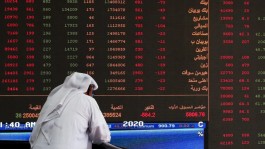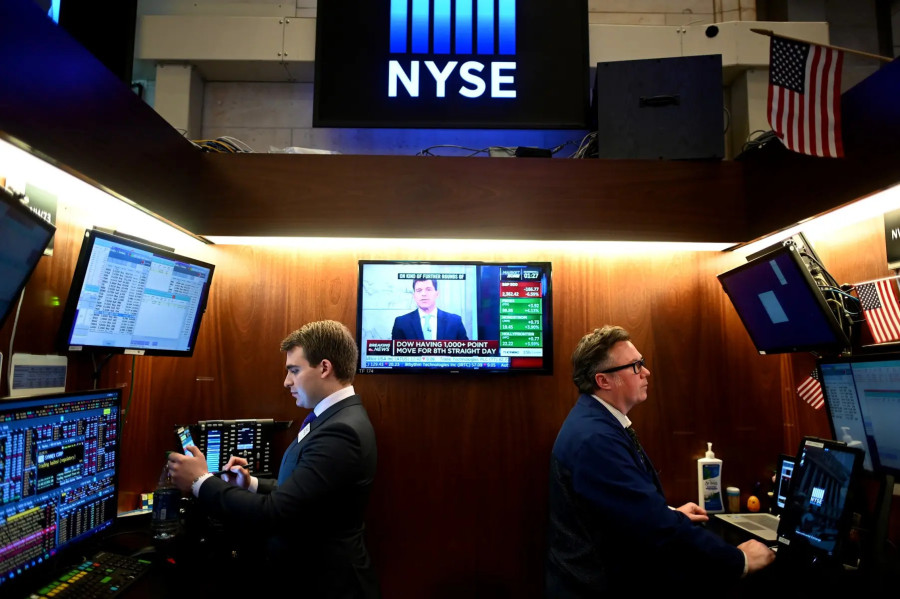After suffering losses in early trading, US stocks turned strongly higher at the end of the session, with investors evaluating the jobs report issued on Friday, which showed a significant increase in the employment rate in the United States in September but also showed a slowdown in wage growth.
The Standard & Poor's 500 and Nasdaq indexes recorded their largest daily percentage gains since late August, and the Standard & Poor's 500 index achieved a weekly rise, ending a series of losses that lasted four weeks, but the Dow Jones index stumbled for the fifth week in a row in the longest losing series since April 2022, when it fell to eight. Consecutive weeks.
Information technology stocks rose more than any other sector in the Standard & Poor's 500 index, followed by communications services stocks.
Stocks initially fell early after jobs data showed US employment increased by the most in eight months in September but also showed a slowdown in wage growth.
You have an economy that is slowing, but not faltering, and you have the Fed on the sidelines, said Robert Pavlik, senior portfolio manager at Dakota Wealth in Fairfield, Connecticut.
Market watchers have been weighing whether the Federal Reserve might raise interest rates following the recent rise in long-term US Treasury yields.
Market watchers have been evaluating the possibilities that the Federal Reserve will raise interest rates after the recent rise in long-term US Treasury bond yields.
US 10-year Treasury bond yields rose to the highest level in 16 years on Friday.
US jobs data showed that monthly wage growth remained moderate, with average hourly wages increasing by 0.2 percent after achieving a similar increase in August. In the 12 months to September, wages increased 4.2 percent after recording a 4.3 percent increase in August.
Wages are still growing faster than the 3.5 percent rate, which economists say is consistent with the US Federal Reserve's goal of reaching 2 percent inflation.
Weekly performance
The Standard & Poor's 500 rose by 50.32 points, or 1.18 percent, to close at 4,308.51 points. To achieve weekly gains of 0.5 percent and end a series of losses that extended over four weeks.
The Nasdaq Composite Index rose 211.51 points, or 1.6 percent, to close at 13,431.34 points. It rose for the second week in a row, recording weekly gains of 1.6 percent.
The Dow Jones Industrial Average rose 280.84 points, or 0.85 percent, to close at 33,400.41 points. But it decreased during the week by 0.3 percent, continuing its losses for the fifth week in a row, in the longest losing streak since April 2022, when it declined for eight consecutive weeks.
The latest gains follow sharp losses for stocks in September and the third quarter.
Investors are awaiting September consumer price inflation data and producer price index readings, scheduled for release next week.
Investors are also keen on the upcoming quarterly earnings season, with major banks including JP Morgan set to report next week.
Exxon Mobil shares fell by 1.7 percent after Reuters, citing sources, announced that the American oil company is in advanced talks to acquire Pioneer Natural Resources, as a result of which Pioneer shares jumped 10.4 percent.
According to Bloomberg, the value of the agreement reaches $60 billion, which is considered the largest acquisition deal conducted by Exxon in more than two decades, since its merger with Mobil in 1999.
Trading volume on US stock exchanges reached 10.58 billion shares, compared to an average of 10.72 billion for the full session during the last 20 trading days.




































